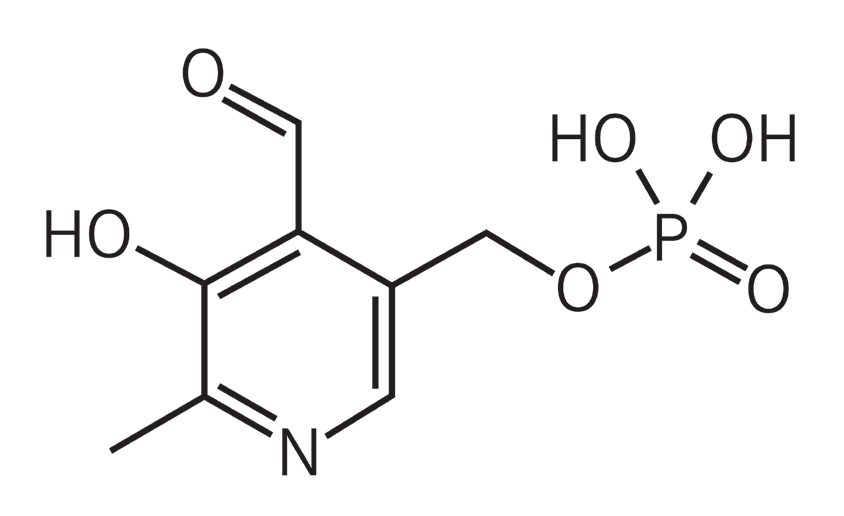
▶ Previous Artlcle : #2-8. Introduction of Energy Vitamin B-Complex
Vitamin B6 (Pyridoxine)
Following the last issue, the current issue introduces three representative B vitamins that act on the nervous, cardiovascular and hematopoietic systems in common.
Vitamin B6 is composed of three groups: pyridoxal (PL), pyridoxine (PN), and pyridoaxamine (PM).
When phosphorylated, they convert into pyridoxal phosphate (PLP), pyridoxine phosphate (PNP), and pyridoaxamine phosphate (PMP), respectively, and among these, PLP has the strongest biological activity.
.jpg)
[Advertisement] FCR® (Fractional Prickle CoralCalcium Regentron) – Manufacturer: (www.illglobal.com)]
The most important function of vitamin B6 is involvement in amino acid metabolism.
That is, vitamin B6 synthesizes non-essential amino acids in the human body by functioning as a coenzyme of aminotransferase, decarboxylase, etc. and also converts non-essential D-amino acids into essential L-amino acids by working as a coenzyme of racemase.
As it also involves itself in serotonin secretion, vitamin B6 is nicknamed an ‘anti-stress vitamin’ or a ‘happy vitamin’.
Furthermore, vitamin B6 is helpful in the prevention of cardiovascular disorders by reducing homocysteine levels along with vitamin B9 (folic acid) and vitamin B12 (cobalamin).
This is why vitamins B6, B9, and B12 are sometimes called a ‘homocysteine reduction trio’ (Figure 2).

Figure 1. Structure of vitamin B6
-To be continued



















